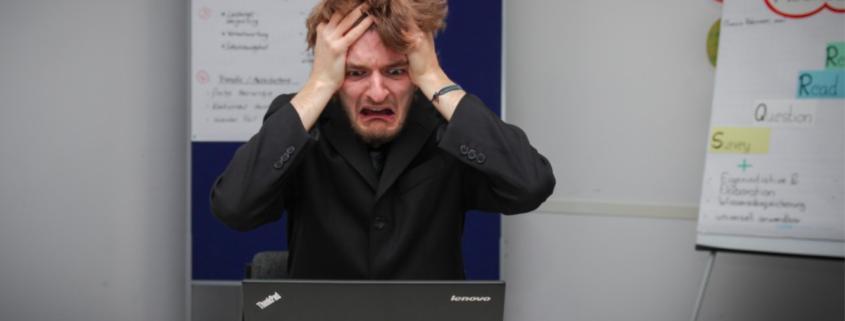Why your D&I program isn’t working and how to fix it
You would have to be an idiot not to take diversity and inclusion seriously.
Study after study shows the economic power of diversity.
A diverse, high-performing team is more productive, your leaders make better decisions, and you avoid the drama that makes for a toxic workplace.
The return on investment is such a no-brainer that companies spend millions each year on diversity and inclusion (D&I) programs.
The likelihood that these programs deliver diverse AND high-performing teams, though, is too limited.
A recent Wall Street Journal study shows that companies are doing well in hiring diverse talent, but not in promoting them.
The first management rung seems to be the hardest to climb.
What’s happening?
Systemic bigotry is part of the problem.
Another part of the problem is that companies set their employees up for failure when they fail to align work with people’s natural inclinations.
When your hiring focuses mostly on diversity-that-you-can-see, you heighten the risk of putting the round peg in the square hole.
You know the results: heightened frustration, less productivity, and faster burnout.
People who report using their natural inclinations – their superpowers – each day are two-to-three times more productive than those who do not.
Using your superpowers each day means higher engagement, better performance, and less frustration and burnout.
Aligning work with natural inclinations is the best way to set up your employees for success so that you are more likely to retain and promote them.
We’ve developed a straightforward and free tool that you can use to promote diversity of natural strengths and make your leaders successful.
Servant leaders come in four broad archetypes: Pioneers (innovators), Reconcilers (team-builders), Operators (implementers), and Mavericks (game-changers).
Your subordinates are more likely to thrive when you put them in positions aligned with their superpowers.
You will be a better mentor when you help each person be the best version of themselves rather than sub-consciously encouraging them to copycat you.
You will also avoid what my mentor Michele Flournoy calls the mini-me syndrome – the tendency to surround yourself with people who think and act as you do.
The combination of physical and cognitive diversity will power your growth, limit expensive mistakes, and make your company a better place to work.
Do your most vulnerable employees feel that they can contribute their best and most authentic selves each day?
Get the tool here.
What’s your top leadership takeaway from this article?
Add a comment or email me at chris@strategicleadersacademy.com










